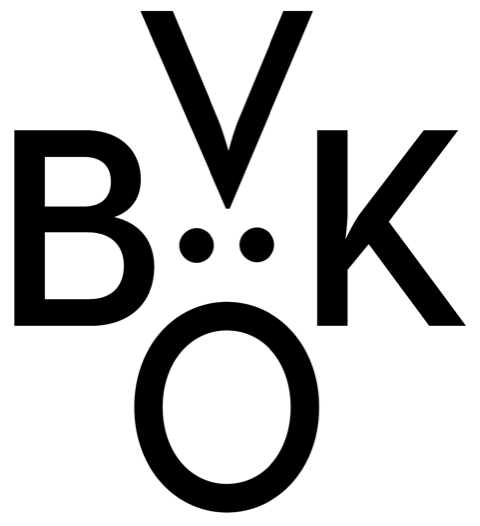The History of VBKÖ
The Austrian Association of Women Artists was the first women’s artist association in Austria. The motives for constituting an established independent women artists’ association were the exclusion from the large artists’ associations (until 1945) and the corresponding absence from the art market. The self-organization of the women artists provided many women with a forum for exhibition and sale for the first time ever. The exhibitions of the VBKÖ were certainly not jury-free. During the phase of its foundation, the VBKÖ could have relied on the protection of the Kaiserhaus and the Viennese families, such as the renowned Liechtensteins, Rothschilds or Wittgensteins. The women artists had already end”eavored in providing historical legitimation to their own production with their first exhibition “The Art of Woman” 1910/1911 at the Secession. The exhibition offered an international overview of women’s art from the 16th century to the present, which had been a unique undertaking for the time. After that successful first public appearance, the VBKÖ organized exhibitions for young and already renowned women artists, such as Tina Blau or Marie Egner, thereby accumulating international contacts for exposure abroad and invitation of foreign women artists to their exhibitions.
After World War I and the removal of numerous women artists from the former monarchy, internal fissures resulted, of which the association “Wiener Frauenkunst,” founded in 1926, would become the most significant. Regardless of that fact, the VBKÖ organized annual exhibitions in its association venue in Maysedergasse, which they had rented since 1912. The economic crisis hit the artists hard, and as was the case of the majority of artists’ associations throughout the 1930s, an adaptation to the ideology of the state of the nation also took place within the exhibition program of the VBKÖ. Provisional administration was appointed in 1938, which renamed the VBKÖ the “Künstlerverband Wiener Frauen.” While many Jewish women artists were driven to emigration, others took part in propagandistic exhibitions of the VBKÖ, newly renamed in 1941 as the “Vereinigung bildender Künstlerinnen der Reichsgaue der Ostmark.”
In 1945, the newly constituted VBKÖ laid its activities forth within the meager framework. The historical and social context, which incited the foundation of the VBKÖ in 1910, had fundamentally changed.
With Rudolfine Lackner taking over the presidency in 1998, the VBKÖ ventured towards a new establishment. That was illustrated through the openness regarding contemporary, avant-garde women artists and the propensity for documenting the history of the VBKÖ and the opening of the archive to public access. The exhibition “archive” was to give substantial impetus to the historical and art historical significance of the VBKÖ, thereby reflecting the times and the sociopolitical role of the woman, or the woman artist on the whole, stimulating public consciousness.
Sabine Plakolm-Forsthuber (Art Historian, Vienna)
*This text was written on the occasion of the “archive” exhibition (17-26th of March 2004, VBKÖ) and later on updated.
